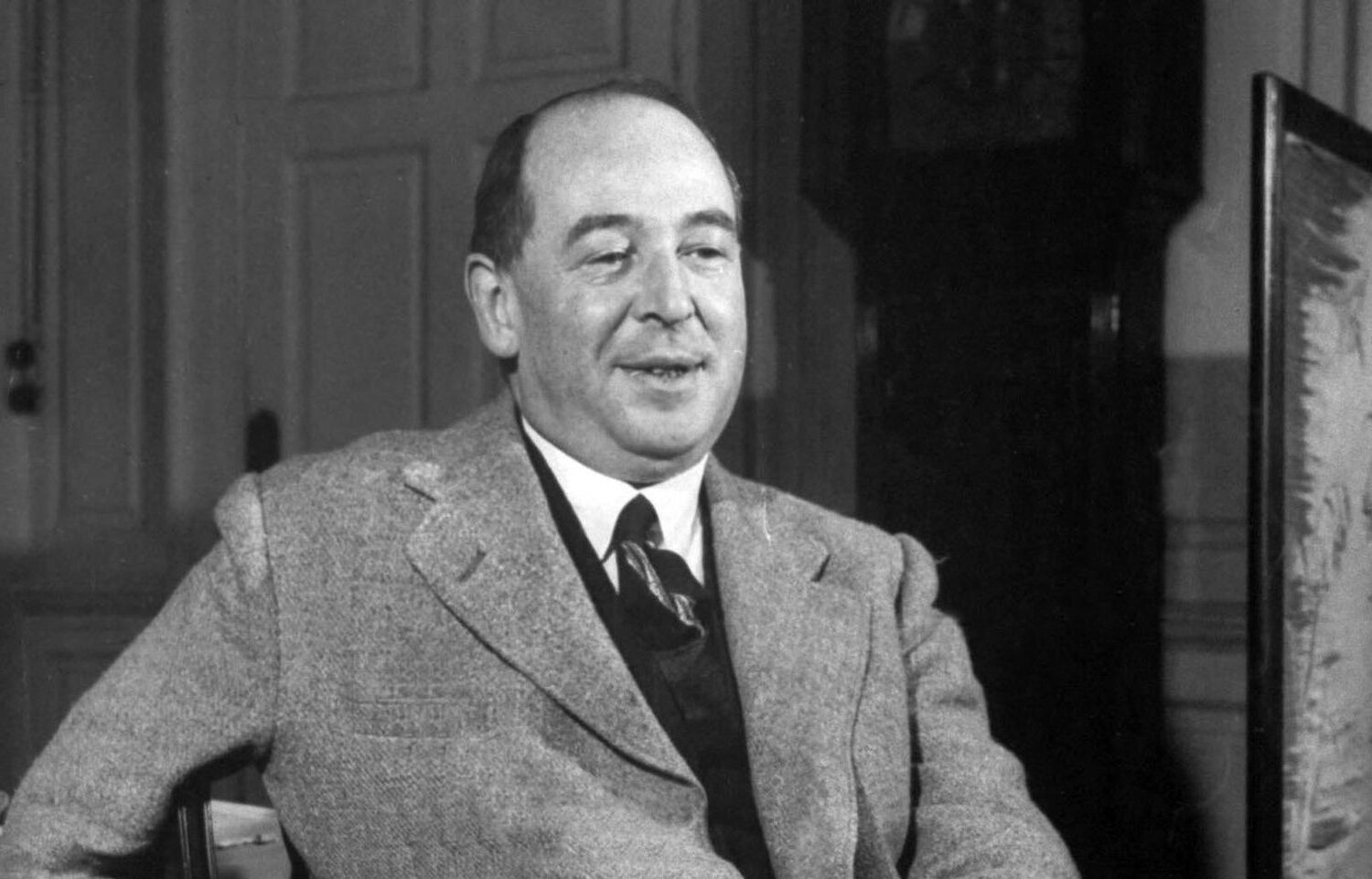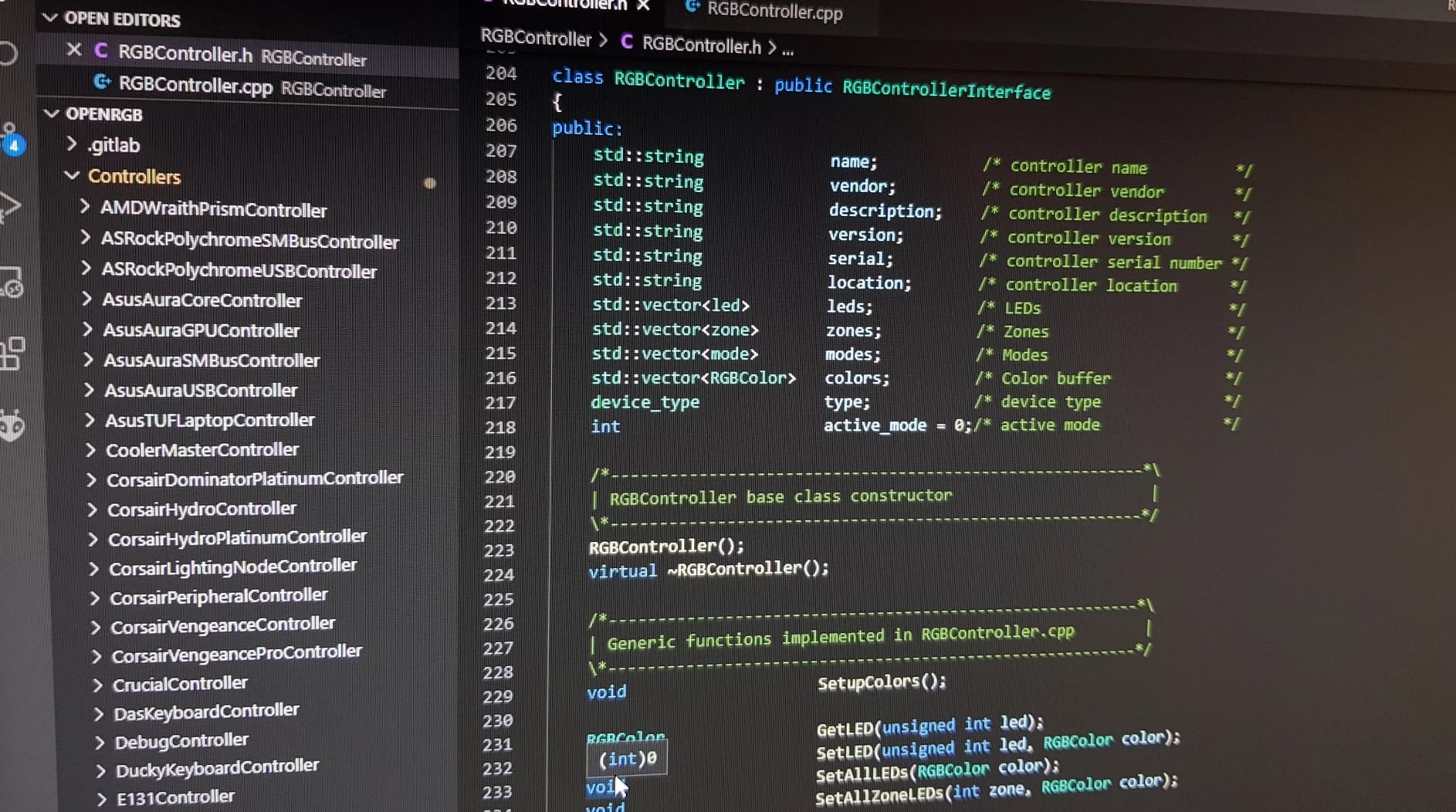
Wildlife photography is an awe-inspiring and exhilarating field that allows us to capture the beauty and essence of the natural world. It takes a special kind of person with an adventurous spirit, immense patience, and a keen eye for detail to excel in this profession. Wildlife photographers have the unique ability to freeze fleeting moments in time, giving us a glimpse into the lives of animals in their natural habitats.
In this article, we will delve into the fascinating world of wildlife photography and explore 10 unbelievable facts about the professionals behind the camera. From the challenges they face in the field to the extraordinary lengths they go to get the perfect shot, these photographers are true adventurers who are dedicated to showcasing the remarkable diversity and wonder of the animal kingdom.
Key Takeaways:
- Wildlife photographers endure extreme conditions and possess deep knowledge of animal behavior to capture stunning moments in nature, contributing to conservation efforts and advocating for the protection of wildlife.
- Through their passion, patience, and advanced techniques, wildlife photographers bring us closer to the wonders of the animal kingdom, inspiring us to appreciate and protect the beauty of nature.
Wildlife photographers capture stunning moments in nature.
With their skillful lens and patience, wildlife photographers have the incredible ability to freeze in time awe-inspiring moments of animals in their natural habitat. From majestic elephants roaming the African savannah to delicate hummingbirds hovering around vibrant flowers, these photographers bring us closer to the wonders of the animal kingdom.
Wildlife photographers endure extreme conditions to get the perfect shot.
Whether it’s braving freezing temperatures in the Arctic or enduring sweltering heat in the African plains, wildlife photographers go to great lengths to capture the beauty of wildlife. Their passion drives them to withstand harsh weather conditions, hike through treacherous terrains, and patiently wait for hours to capture that one magical shot.
Wildlife photographers play a crucial role in conservation efforts.
By showcasing the beauty and fragility of nature, wildlife photographers contribute to raising awareness about conservation issues. Their captivating images create emotional connections, inspiring people to take action to protect endangered species and fragile ecosystems.
Wildlife photographers possess a deep understanding of animal behavior.
Successful wildlife photographers possess a wealth of knowledge about animal behavior. This understanding allows them to anticipate the perfect moments and movements, enabling them to capture images that tell a captivating story about the lives of animals in their natural habitats.
Wildlife photographers rely on advanced equipment and techniques.
Gone are the days of traditional film cameras in wildlife photography. Today, wildlife photographers use cutting-edge equipment such as high-resolution digital cameras, telephoto lenses, and drones to capture stunning images from unique angles. Additionally, they employ various techniques, including infrared photography and time-lapse, to capture the elusive magic of wildlife.
Wildlife photographers spend extensive time researching and scouting.
Preparation is key for wildlife photographers. They spend significant time researching the habitats, behaviors, and migration patterns of their subjects. This knowledge helps them plan their expeditions, choose the best locations, and increase their chances of capturing extraordinary wildlife moments.
Wildlife photographers have incredible stories of encounters with dangerous animals.
Wildlife photography can come with its fair share of risks. These brave photographers often have jaw-dropping stories of encounters with dangerous predators like lions, tigers, and bears. Their experiences highlight the importance of respecting wildlife and the need to prioritize safety in the pursuit of capturing those breathtaking shots.
Wildlife photographers are masters of patience and perseverance.
Getting the perfect wildlife shot requires an immense amount of patience. Wildlife photographers may spend hours or even days waiting for the right moment to unfold. They persistently track animals, sit in uncomfortable positions, and remain silent for extended periods, all in their quest to capture that extraordinary shot.
Wildlife photographers often collaborate with conservation organizations.
Many wildlife photographers partner with conservation organizations to support their vital work. They contribute their images to educational materials, publications, and campaigns, leveraging their talent to raise funds and awareness for various conservation initiatives.
Wildlife photographers are passionate advocates for the protection of nature.
Overall, wildlife photographers are not just artists with a camera; they are passionate advocates for the protection of our natural world. Through their work, they highlight the urgent need for conservation, inspiring audiences to appreciate the beauty of wildlife and take action to ensure its preservation for future generations.
Conclusion
In conclusion, wildlife photography is an extraordinary field that allows photographers to capture stunning images of animals in their natural habitats. The wildlife photographer has the unique ability to document and share the beauty and diversity of the animal kingdom with the world. It requires patience, skills, and a deep understanding of the animal behavior. Wildlife photographers often face challenging conditions and travel to remote locations to get the perfect shot. Their dedication and passion for conservation make them not just photographers but also advocates for the protection of our wildlife. So, next time you come across a breathtaking wildlife photograph, take a moment to appreciate the hard work, talent, and commitment of the wildlife photographer behind it.
FAQs
1. How do I become a wildlife photographer?
Becoming a wildlife photographer requires a combination of formal training, practical experience, and passion for the subject. It is recommended to start by learning the basics of photography and understanding your camera equipment. Developing field skills and knowledge about different animal behaviors is crucial. Networking with experienced photographers and participating in workshops or internships can also provide valuable guidance and opportunities for growth.
2. What equipment do I need for wildlife photography?
For wildlife photography, it is advisable to have a DSLR or mirrorless camera with a telephoto lens that has a long focal length to capture distant subjects. Additionally, investing in a sturdy tripod, a camera bag for protection, spare batteries, memory cards, and a lens cleaning kit is essential. It’s also beneficial to have a good understanding of post-processing software to enhance and edit your images.
3. How do wildlife photographers ensure the safety of animals?
Responsible wildlife photographers prioritize the well-being and safety of the animals they photograph. They follow ethical guidelines and respect wildlife habitats by maintaining a safe distance, avoiding disturbance or interference with the animals, and never baiting or luring them for a photograph. They also refrain from altering the natural environment in any way that may harm or disrupt the animals’ lives.
4. Are wildlife photographers involved in conservation efforts?
Many wildlife photographers are actively involved in conservation efforts. They use their images to raise awareness about the importance of protecting wildlife and their habitats. They may work closely with conservation organizations, donate their images for fundraising campaigns, or use their platforms to advocate for environmental causes. Their photographs serve as powerful tools to inspire people and drive positive change.
5. Can I make a living as a wildlife photographer?
While it can be challenging to make a full-time living solely from wildlife photography, it is possible. Many wildlife photographers diversify their income by selling prints, licensing their images for commercial use, conducting workshops, or working as photography guides. It requires dedication, perseverance, and adapting to the evolving industry trends. Building a strong portfolio and establishing a reputable presence in the field are the keys to success.
Wildlife photographers' incredible journeys don't end here! Explore surprising facts about wildlife walkabouts, where enthusiasts immerse themselves in nature's wonders. Discover the hidden gems of local wildlife and natural reserves in Livonia, Michigan, a haven for nature lovers. And if you're curious about the life of a young wildlife advocate, delve into the fascinating world of Robert Irwin, son of the legendary Steve Irwin. Each story offers a unique perspective on the captivating realm of wildlife and the dedicated individuals who work tirelessly to protect it. Join us on these exciting adventures and uncover the beauty of the natural world!
Was this page helpful?
Our commitment to delivering trustworthy and engaging content is at the heart of what we do. Each fact on our site is contributed by real users like you, bringing a wealth of diverse insights and information. To ensure the highest standards of accuracy and reliability, our dedicated editors meticulously review each submission. This process guarantees that the facts we share are not only fascinating but also credible. Trust in our commitment to quality and authenticity as you explore and learn with us.


